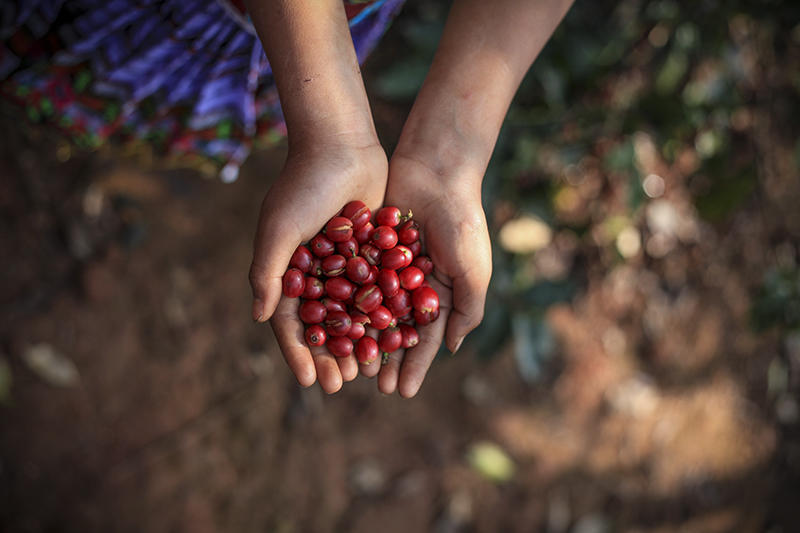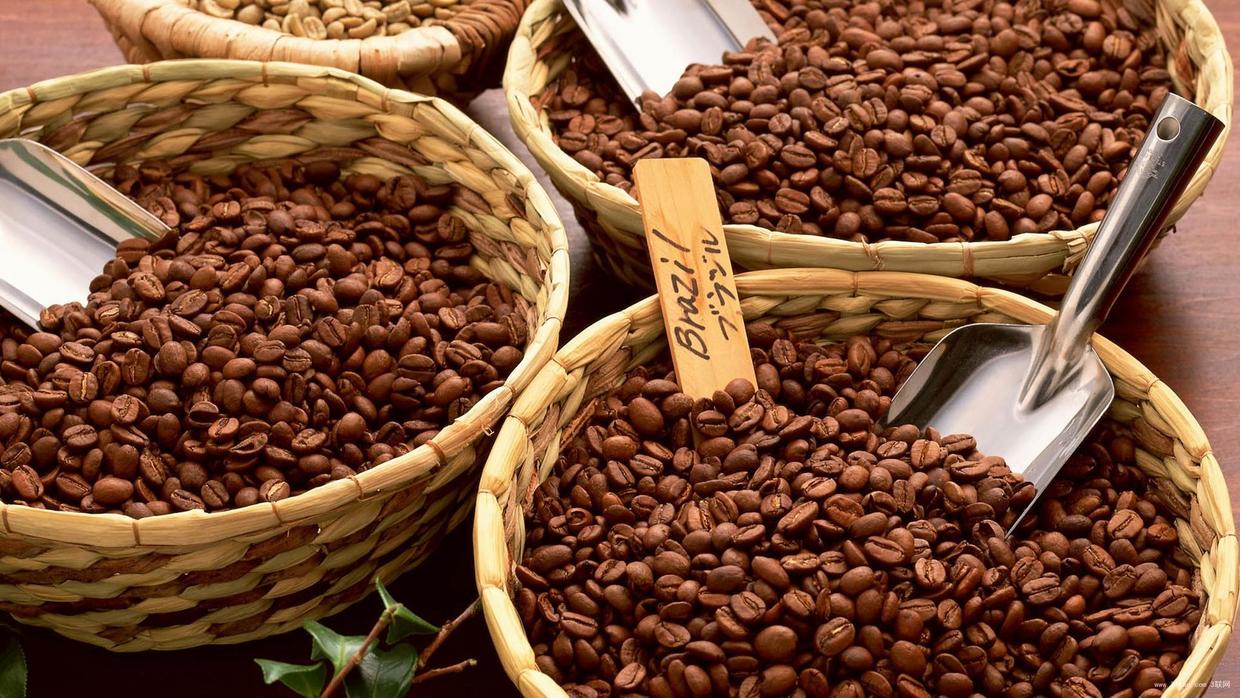Coffee book recommendation | popular science reader "Coffee Coffee everywhere"
For professional baristas, please follow the coffee workshop (Wechat official account cafe_style)
In fact, according to reason, this book is not suitable for "interpretation" type. Because it is only a popular science reader, to put it bluntly, it is for laymen like me to use literacy, and the knowledge involved is relatively simple. However, adhering to our principle of "talk as you read", I still want to talk to you in accordance with the old rules. Share important content and talk about your thoughts.
If you think about it, my understanding of coffee is also constantly changing over time. From the "instant stimulants" in the era of the college entrance examination, to today's hand-made, absorbed as a part of their own way of life. The transformation of people in two years is really amazing. During the winter vacation, I spent a lot of time in the bookstore and tasted a lot of coffee as an excuse. So at the beginning of the semester, I had an idea: why not learn to make coffee yourself? So inquiry materials, purchase equipment, looking for reliable bean shops, a twinkling of an eye, has evolved into a very interesting hobby.
This "Coffee Coffee everywhere" is bought from kindle. I have also seen physical books in bookstores, and the price is much higher than the electronic version. However, because there are many illustrations in this book, including geographical maps of producing areas, comparison of coffee bean varieties, and baking curves, the black-and-white pictures in the electronic version are relatively blurry, which can be regarded as a small loss in the reading experience.
In terms of content, this book covers a wide range of areas related to coffee. It shows a side that is hard to see when we are faced with a drink like "coffee".

Fresh coffee fruit just picked
From the four aspects of producing area distribution, variety characteristics, planting skills and harvest skills, this book describes the reality of coffee cultivation from an "industrial" perspective. What is noteworthy is that in the book, the author repeatedly emphasizes the importance of "moral trade" to readers. Because in the current era, coffee growers are mainly some Latin American and African countries, many of which are still in a state of extreme poverty. The author hopes that multinational enterprises, relying on coffee trade, will help these growers improve their quality of life and obtain a better living environment. This humanitarian business concept, known as "moral trade", is undoubtedly commendable and emulated.
This book also answers my long-standing doubts about the effect of treatment on flavor. At present, there are three mainstream ways to treat coffee beans: washing treatment, sun treatment, honey treatment (also known as half-sun treatment), choose different ways to shape the flavor of coffee beans. For example, washed coffee beans tend to be more sour and mellow; sun-treated coffee beans have higher sweetness and are more likely to stimulate other flavors (flowers, berries, etc.); honey treatment is a compromise between the above two treatments, but the sweetness is generally higher. (more flesh is called "red honey" and less is called "yellow honey") there is another way of treatment in Southeast Asia, "wet planing", which can make coffee beans have pine and smoky flavor, which can be regarded as a regional characteristic.

Coffee beans sold by category
Another question that this book answers for me is: baking degree. According to the author, the most important role of baking is to reduce moisture, balance sugar and acid, and make coffee beans achieve the most perfect flavor. Generally, the coffee beans roasted for nine minutes (one burst) are medium-light roasting; the roasting reaches 12 minutes (second explosion), which means deep roasting; the coffee beans turn charcoal black and are French roasting if they continue on the basis of French roasting. It's burnt.
Light-roasted coffee has a clear taste and obvious flavor, but it is not mellow enough; medium-roasted coffee has the most balanced index, but the flavor is not prominent enough (generally fine coffee is roasted in order to maintain the original flavor of coffee beans). Deep-roasted coffee, bitter taste, caramel rhyme, the original flavor of coffee beans is basically completely destroyed Starbucks uses deep baking, partly to cover up the deficiency in the quality of beans, and because of the misunderstanding of most people: most people think that coffee is as bitter as possible, but this is not the case. French baking tastes like burnt bread, coffee becomes thicker, and only beans are mixed in this way.

Roasted coffee needs to be cooled quickly.
In addition to the above professional knowledge, this book also introduces quite a lot of coffee culture. Coffee has been mentioned from its introduction into Europe in the 16th century to its influence on the history of world trade. According to the times, we are currently in the third wave of global coffee (since 2000). Unlike the second wave dominated by Starbucks in the last century, people put forward higher requirements for the quality of coffee. No longer satisfied with the "standardized taste" on the assembly line, instead of pursuing boutique coffee from a single place of origin. Hand-brewed coffee, which is favored by Japan and then spread all over the world, is representative of this wave.
At present, China's coffee market is expanding rapidly, but most people actually do not understand coffee. What I have just talked about is just what I have read. I am learning to sell it now. In our eyes, coffee seems to be a cultural symbol, which represents the western way of life and is imported. But in fact, like tea and wine, it is just a drink, nothing special.
If you are interested in coffee, you are eager to know about it, or even want to make it yourself. So don't miss this book today.
Important Notice :
前街咖啡 FrontStreet Coffee has moved to new addredd:
FrontStreet Coffee Address: 315,Donghua East Road,GuangZhou
Tel:020 38364473
- Prev

Sweden's Volvo decided to turn its auto show into a mobile coffee station.
Following Cafe (Wechat official account vdailycom) found that Beautiful Cafe opened a small shop of its own. When we travel to Sweden, the first word we may learn is Fika. This is the equivalent of afternoon tea time in Britain. Fika is a proper term for sitting down for a cup of coffee. Swedes will choose a good cafe to sit down and enjoy desserts in different seasons.
- Next

Why does Starbucks have no rivals? The key to making the Italian cafe number one in the world
Professional barista exchanges, please pay attention to coffee workshop (Weixin Official Accounts cafe_style ) Huang Hongyu/drawing Walking on the streets of Taipei, Shanghai, Seoul, Tokyo, Singapore and London, Starbucks will be seen everywhere, as if Starbucks has become synonymous with coffee. I often think that Starbucks coffee shop concept is actually not difficult to understand, clean and stylish decoration
Related
- What documents do you need to go through to open a coffee shop? coffee shop coffee shop certificate processing process
- How to purchase Coffee beans in small Cafe how to choose a suitable supplier for domestic Coffee supply Company
- How to drink Starbucks Fragrance White Coffee? how to make Australian White Coffee? what Italian coffee beans are recommended?
- The Story of Flora Coffee: the name of Flora Coffee Bean and the implication of the Flowers on Florna Coffee
- How much does a cup of coffee cost? How much is the profit of a cup of coffee? What is the profit of the coffee shop in a year?
- Yunnan small Coffee, known as "fragrant Coffee", introduces the characteristics of Alpine Arabica Coffee producing areas in Yunnan, China
- 2023 latest Starbucks full menu price list how much is a cup of Starbucks coffee what is better to drink the most popular hot and cold drinks recommended
- Starbucks different kinds of Coffee Price list Starbucks menu 2023 Top Ten Best drinks in Starbucks
- Starbucks Spring praise Comprehensive matching Coffee Bean theme Story Packaging implication and taste description
- The cost of a cup of coffee latte American coffee cost price and selling price

